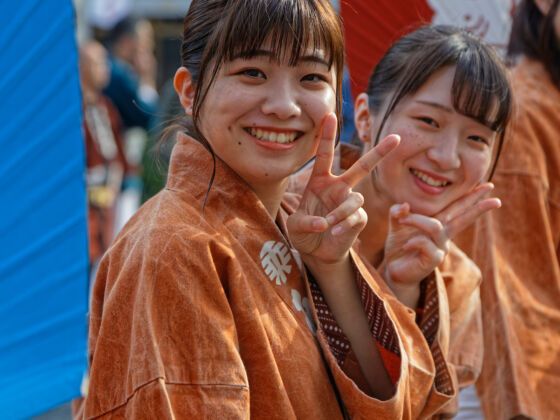1. Peeing to the sound of a babbling brook
Some Japanese toilets have so many buttons and gadgets that you almost expect to be launched off into space while sitting on the throne. Even some of the most basic public toilets have an automatic music function that starts playing when you sit down: muzak, gentle summer rain, a rushing river, take your pick. The intention is to mask the sound of your evacuations so that nobody who happens to be hanging around outside is able to discern what is really going on inside the cubicle. The side effect is that if you hadn’t been self-conscious about the thought of others hearing you pee before Japan, you will be afterwards.
